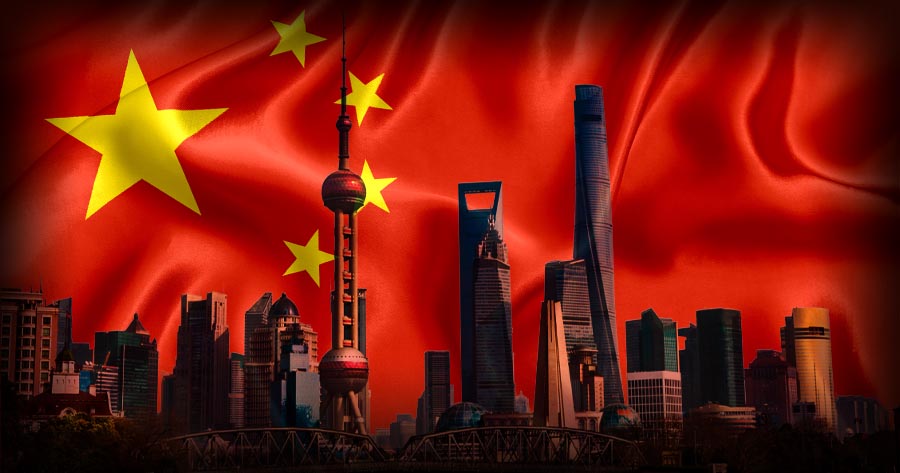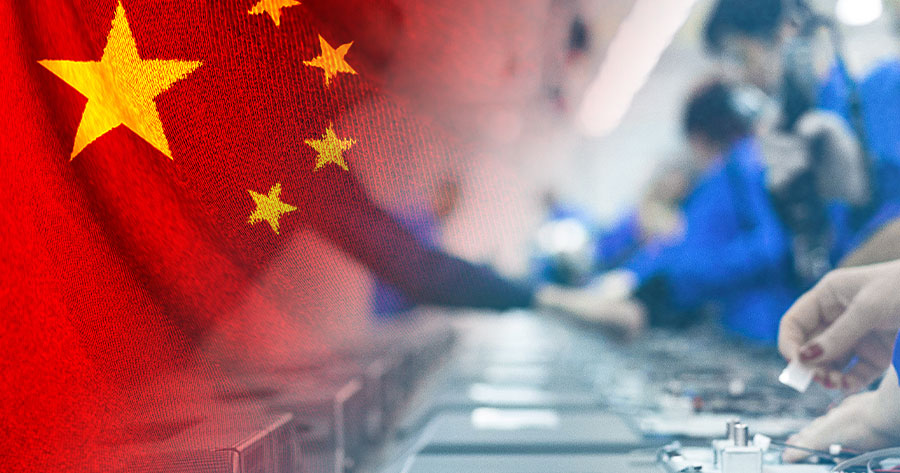China’s official surveys revealed a slowdown in both manufacturing and services activities in April, indicating a deceleration in the momentum of the world’s second-largest economy at the beginning of the second quarter.
Despite a solid first-quarter GDP growth that reduced the immediate need for increased stimulus measures, policymakers still face significant challenges.
According to the National Bureau of Statistics (NBS), the manufacturing purchasing managers’ index (PMI) fell to 50.4 in April from 50.8 in March, while the services sub-index under the NBS non-manufacturing survey dropped to 50.3 in April from 52.4 in March, marking the slowest pace since January.
New export orders grew slower, and employment continued to decline, highlighting ongoing economic challenges for the country.
As Chinese authorities grapple with tepid external demand and trade barriers amidst accusations of industrial overcapacity, the focus remains on implementing further stimulus measures to bolster the economy. Development in advanced sectors through innovation has been emphasized, although immediate challenges persist, including a property downturn and escalating local government debt.
Despite a better-than-expected first quarter, weaknesses in crucial areas such as retail sales, industrial profits, and property investment underscore the difficulties facing China in stimulating broad demand recovery.
China’s ambitious GDP growth target of around 5.0% for 2024 remains a significant goal amidst the economic challenges ahead.





